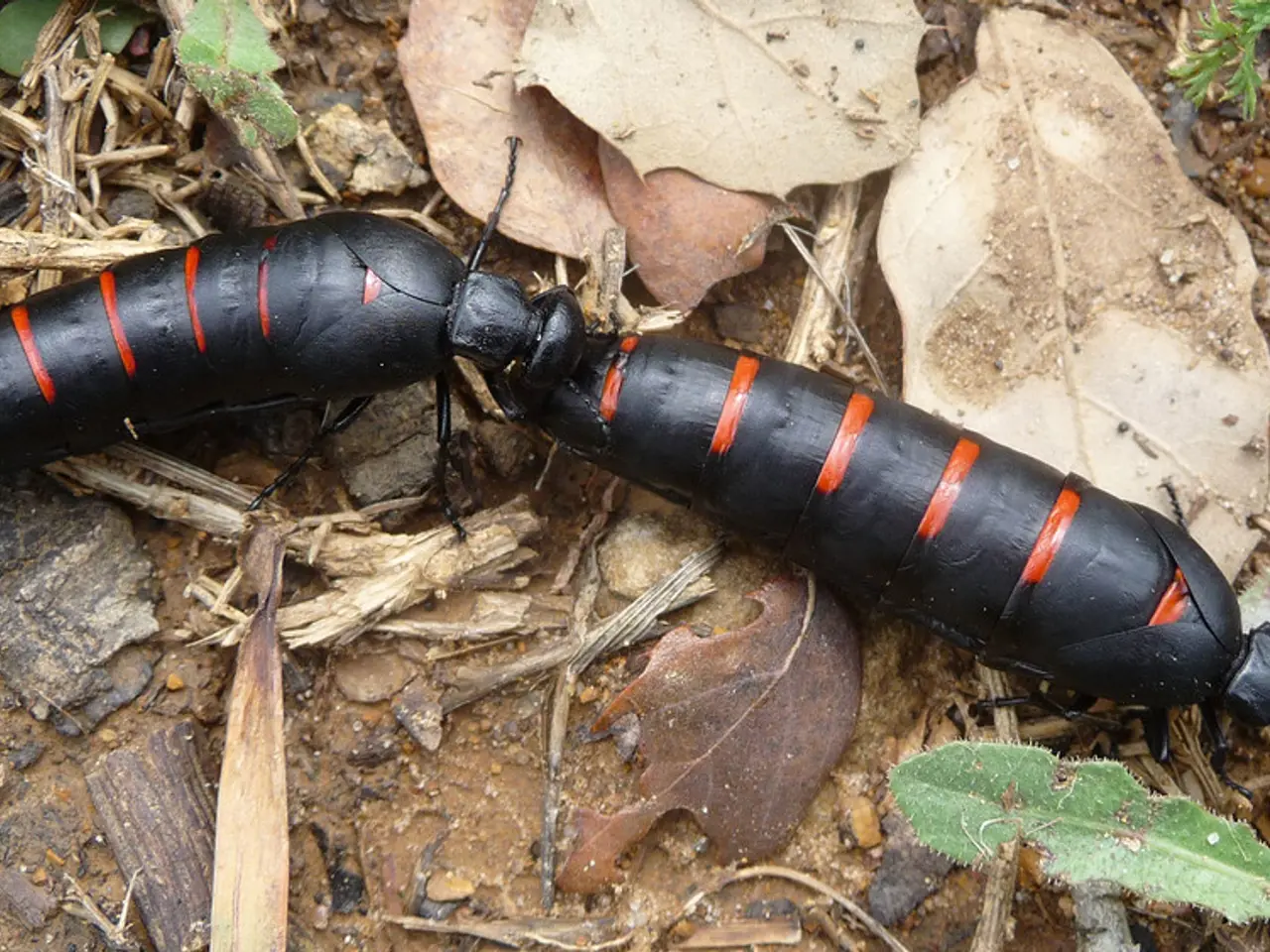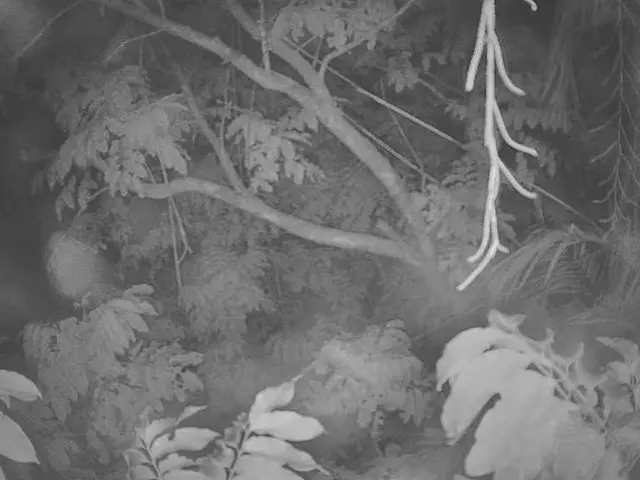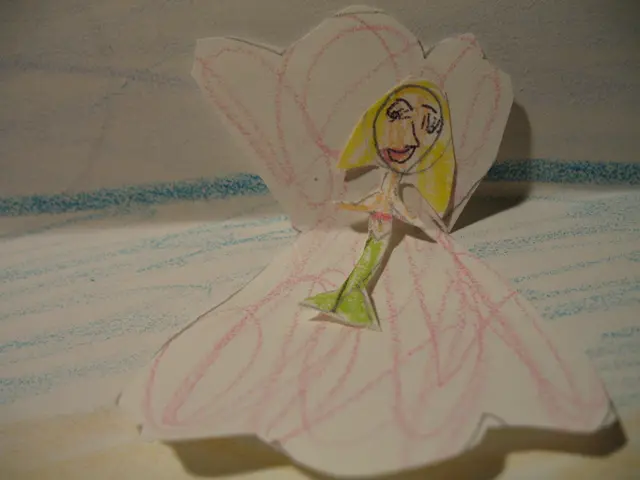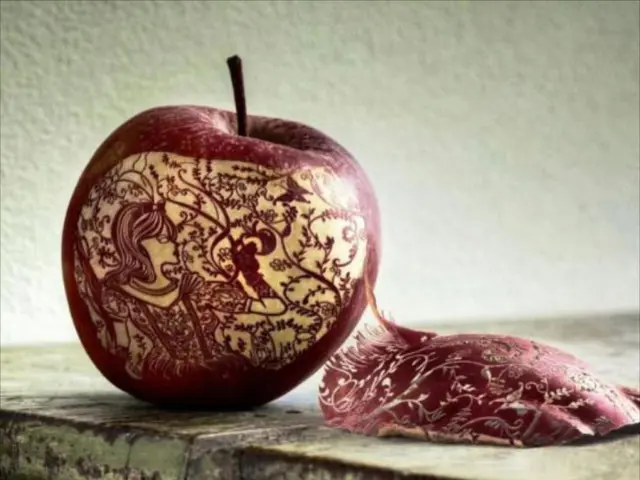Brown-Tipped Mandevilla Dropping Leaves: Causes and Remedies Explained
In the world of gardening, Mandevilla plants are cherished for their vibrant trumpet-shaped flowers and glossy green foliage. However, these beautiful plants can sometimes exhibit signs of distress, such as browning leaves. To help your Mandevilla thrive and maintain its beauty, follow these simple tips.
Firstly, Mandevilla plants require adequate sunlight. They need at least six hours of full sunlight daily, although some afternoon shade can help prevent foliage scorch during hot summer days.
Secondly, watering is crucial. Keep the soil mainly damp but never waterlogged. Water thoroughly, allowing the soil to dry slightly between waterings, and avoid letting the plant "sit with wet feet." Overwatering can lead to root problems, causing browning leaves.
Thirdly, fertilizing is essential for healthy growth. Feed your Mandevilla every 2-3 weeks during the growing season with a water-soluble or balanced fertilizer. However, stop fertilizing by early September to prepare the plant for winter rest.
Humidity and pest control are also vital aspects of Mandevilla care. Spray foliage at watering time to increase humidity and deter insect pests, which can also cause leaf damage. Regular pruning and mulching can help maintain soil moisture and temperature, promote growth of glossy green foliage, and prevent fungal diseases.
Key reasons for browning and leaf drop often include inconsistent watering, insufficient light, excessive fertilizer, or pest issues. Ensuring the plant is grown outdoors only after nighttime temperatures stay above 50°F and moving it indoors before cold weather can help maintain leaf health through seasonal changes.
Regular inspection and application of neem oil can help prevent and treat pest infestations on Mandevilla plants. Fungal and bacterial diseases like bacterial wilt, sooty mold, botrytis blight, and leaf spots can affect Mandevilla plants, so it's important to keep an eye out for any signs of disease.
Lastly, providing Mandevilla plants with a nutrient-rich soil mix can help prevent nutrient deficiencies that may cause browning leaves. A mix of peat, perlite, and pine bark often works well for these plants, as it ensures good drainage while retaining some moisture. Repotting every two to three years with fresh, well-draining soil can also help prevent root rot and keep Mandevilla's growth from stunting due to cramped conditions.
By following these guidelines, you can ensure a healthy Mandevilla that continues to brighten your garden or indoor space. Happy gardening!
Maintaining a Mandevilla's vibrant lifestyle at home or in a garden means providing it with adequate sunlight and moisture. Along with ensuring it gets at least six hours of full sunlight daily and a mostly damp soil, avoiding overwatering is crucial to prevent root problems and leaf browning.







